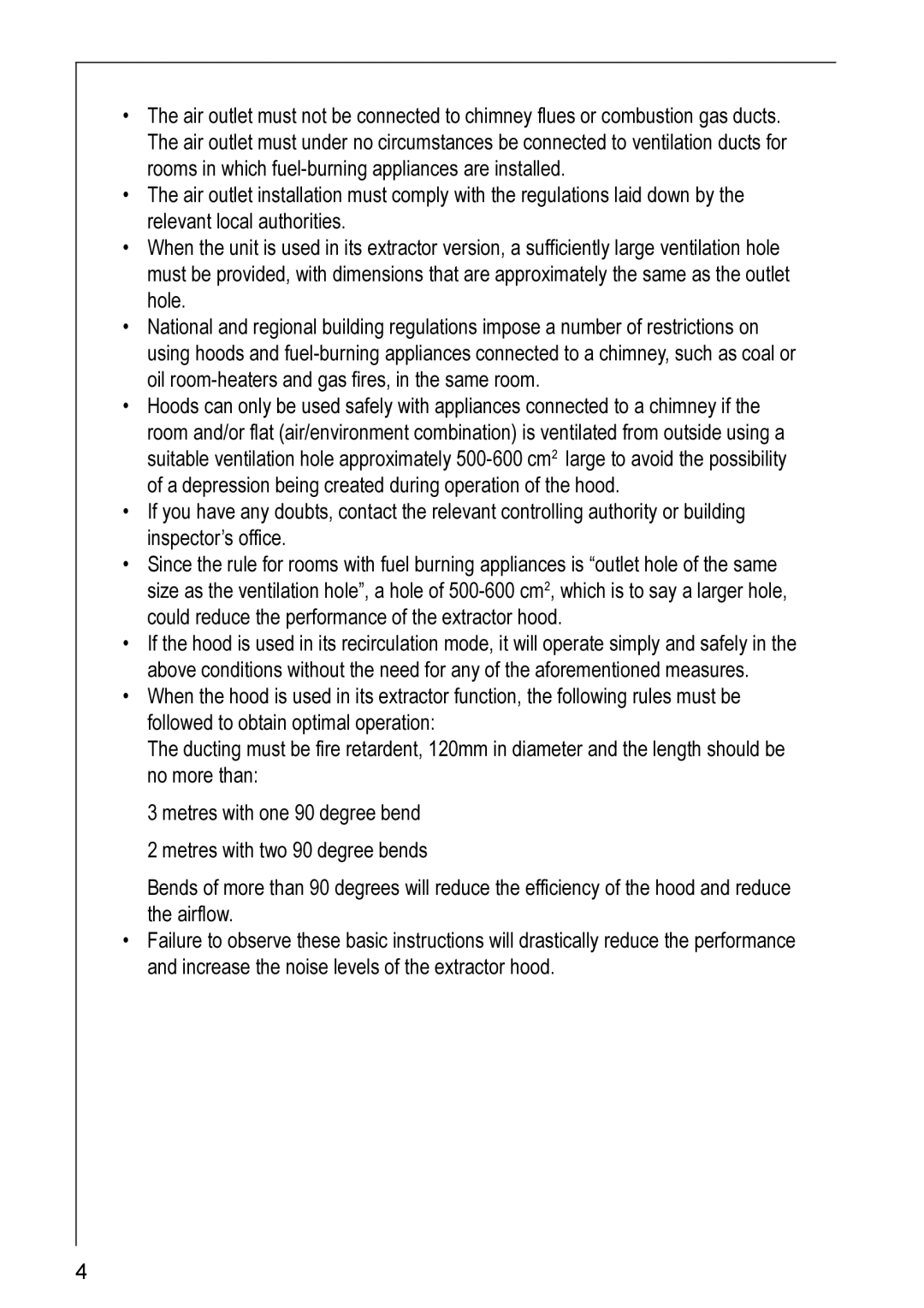HD 8990, HD 8960 specifications
The Electrolux HD 8960 and HD 8990 are advanced home appliances designed to enhance your everyday cleaning experience. These vacuum models showcase a blend of powerful suction, innovative technology, and user-friendly features, making them ideal for households seeking efficiency and convenience.One of the standout features of both the HD 8960 and HD 8990 is their powerful motor. With robust suction capabilities, these vacuum cleaners effortlessly pick up dirt, dust, and debris from various surfaces, ensuring a thorough clean. Whether it’s carpets, hardwood floors, or tiles, these models adapt seamlessly, catering to different cleaning needs.
Another key characteristic is their advanced filtration system. Equipped with HEPA filters, both the HD 8960 and HD 8990 capture allergens and fine particles, making them an excellent choice for allergy sufferers. This technology not only enhances air quality but also ensures that dust and allergens are trapped within the vacuum, rather than being released back into your living space.
In terms of design, Electrolux has prioritized user comfort and convenience. The lightweight structure of both models allows for easy maneuverability around the house. The ergonomic handle provides a comfortable grip, reducing strain during extended cleaning sessions. Additionally, the vacuums feature a compact design that allows for easy storage in smaller spaces.
The HD 8990 boasts smart technology features, including sensors that adjust suction power according to the type of surface being cleaned. This intelligent feature optimizes energy consumption and improves cleaning efficiency without compromising results. Moreover, both models come equipped with various attachments, such as crevice tools and dusting brushes, which allow users to tackle hard-to-reach areas and different cleaning tasks.
Battery life is also an essential aspect of these Electrolux models. They are designed to provide long-lasting performance, ensuring that you can complete your cleaning tasks without interruptions. The quick recharge feature makes it convenient to keep the vacuum ready for use at all times.
In conclusion, the Electrolux HD 8960 and HD 8990 are exemplary vacuum cleaners that combine powerful suction, advanced filtration, and intelligent design. Their user-friendly features and versatility make them suitable for any household, promising a cleaner, healthier living environment for you and your family. Investing in these models means investing in quality, efficiency, and comfort, setting a new standard for home cleaning products.

